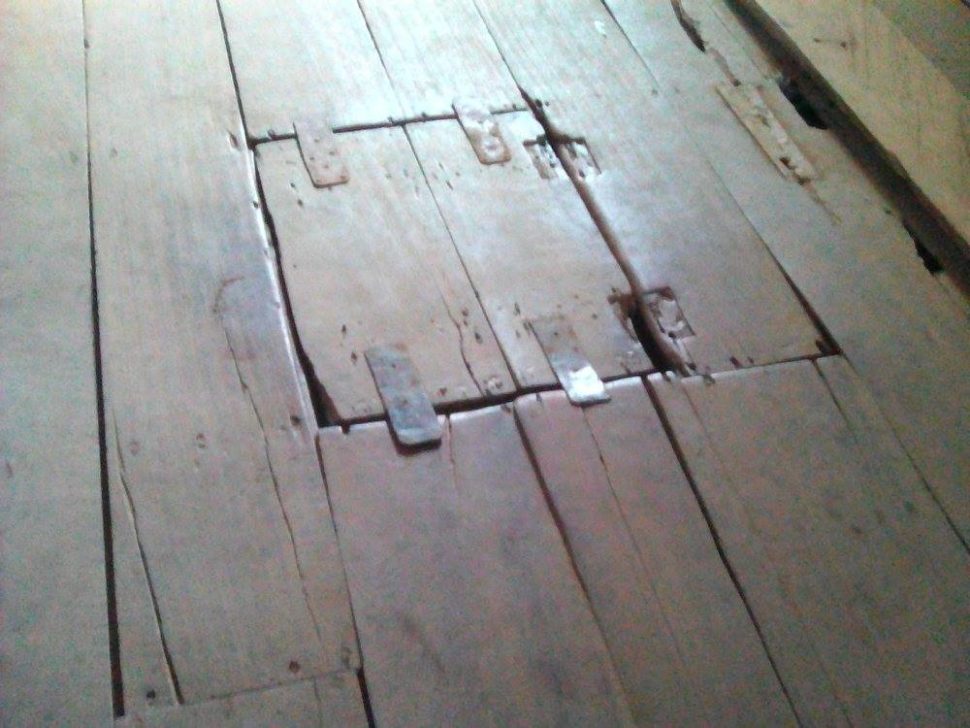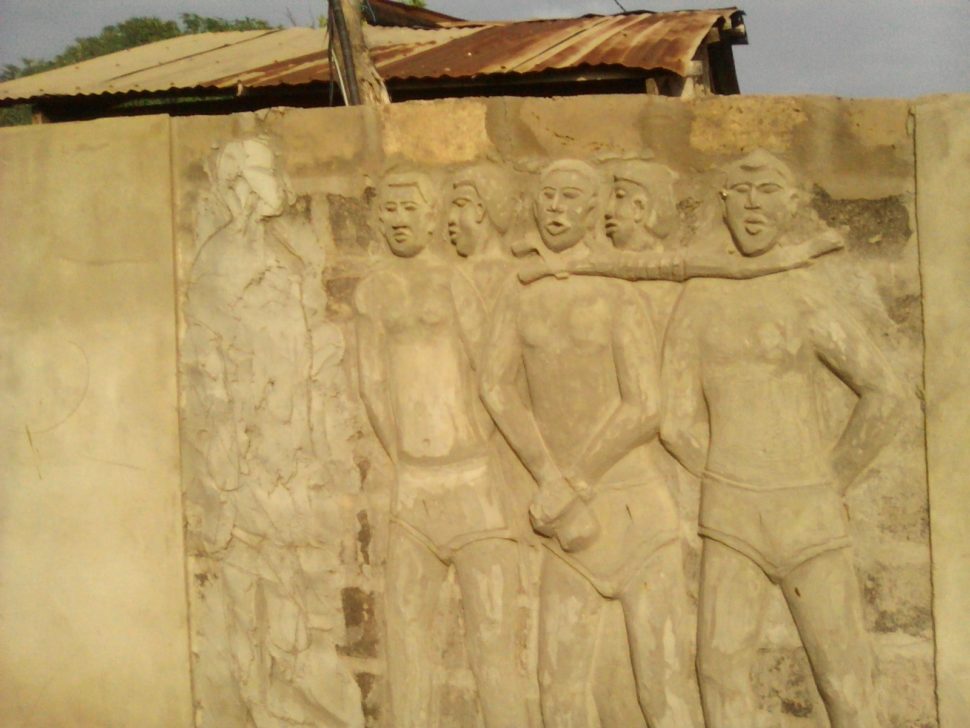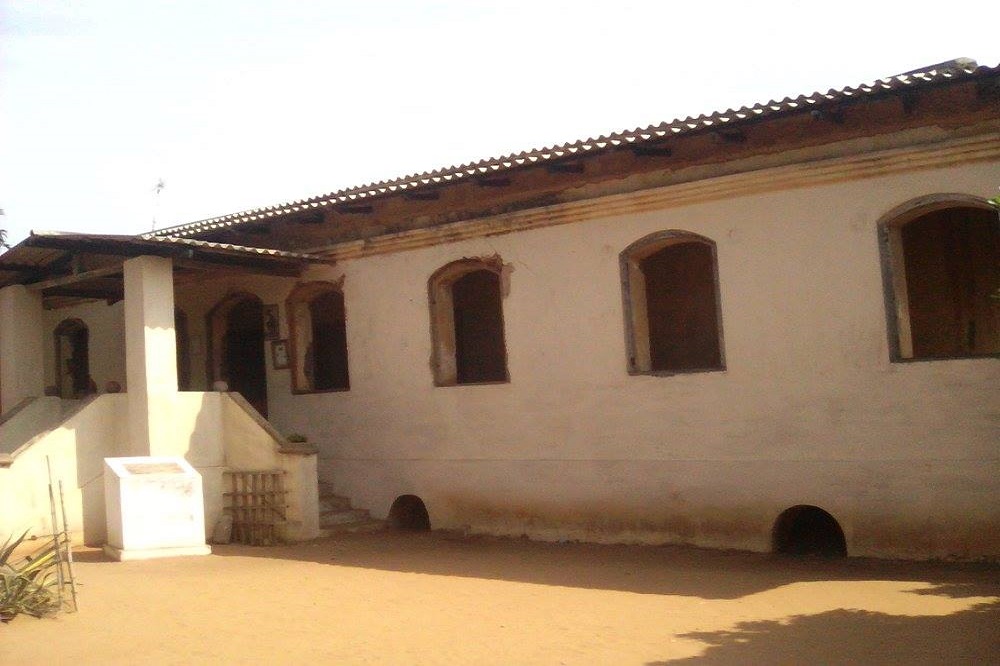Also known as Woold Homé, or Togo’s Slave House— Wood House was built by Scottish slave trader, John Henry Wood. It is located in the district of Lakomé, in the city of Agbodrafo.
Togo’s Wood House was built by the Scottish after 1835, following King Assiakoley’s installation in Agbodrafor. The purpose of the house was to operate an illegal slave trade, despite England’s abolition of the transatlantic slave trade in 1807.
Assiakoley struggled to maintain the lucrative trade despite the injunctions by Western powers and surveillance of anti-slavery cruises in the Gulf of Benin. This house was used for illegal trafficking until 1852.
Located three kilometers off the Atlantic coast, the Afro-Brazilian-style building measures 21.60 meters in length and 9.95 meters in width. It consists of six bedrooms, a living room, 1.5 meter wide corridors and a tiny 1.50-meter high cellar below the floor where the captured Africans had to stay before leaving Africa. Captives could stay in this cramped, dark cellar for weeks and sometimes months.

The upper rooms served as accommodation for slave traders, while the cellars served as barracks for the enslaved.

“Wood Home is a monument to slavery and a witness to this human tragedy that occurred on the Togolese coast between the last quarter of the 17th century and the end of the 19th century,” says UNESCO.
Today, it is the home of a family descended from Chief Assiakoley. The site has been registered since January 8, 2002, on the UNESCO World Heritage List, and was restored in 2006.





